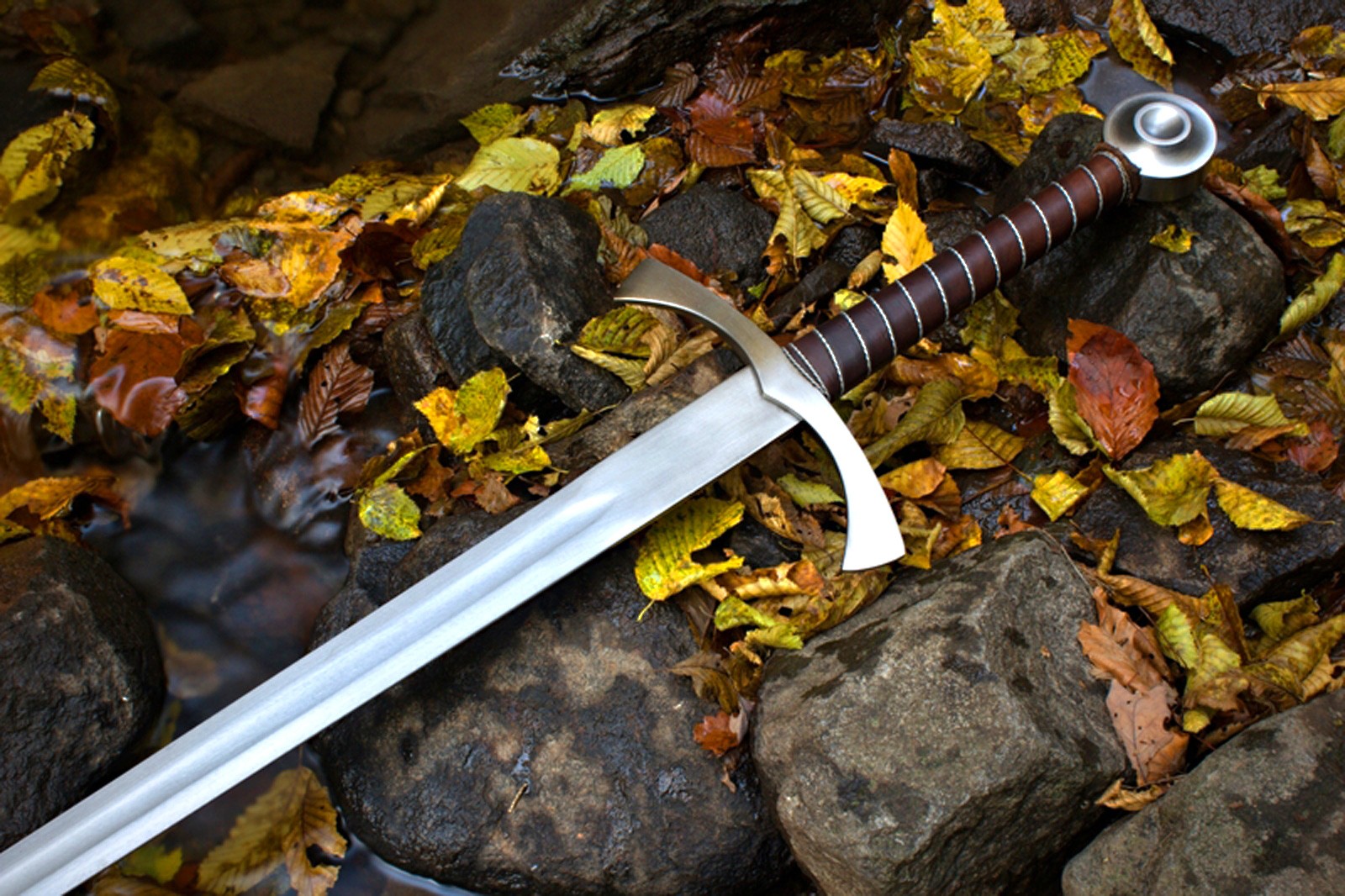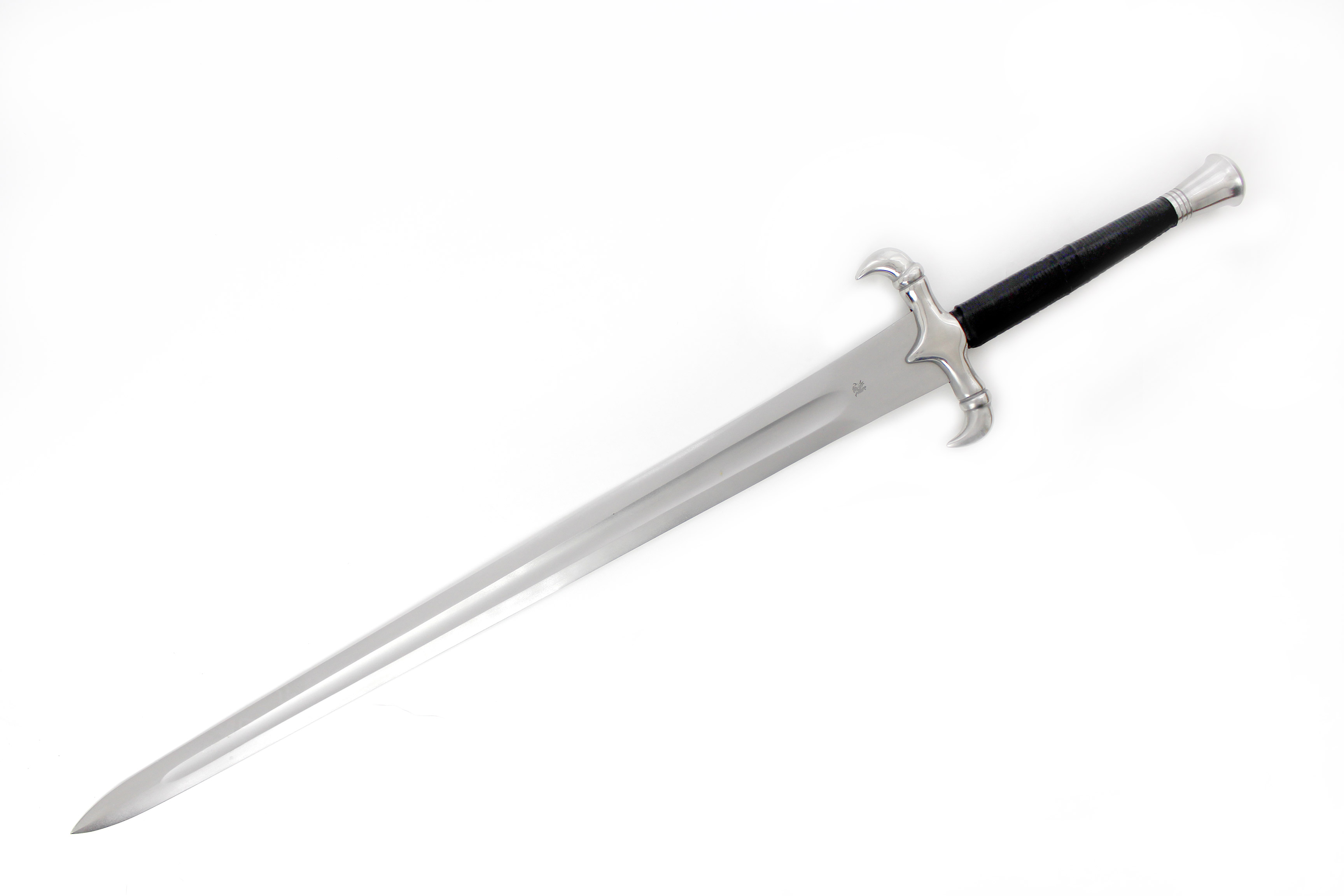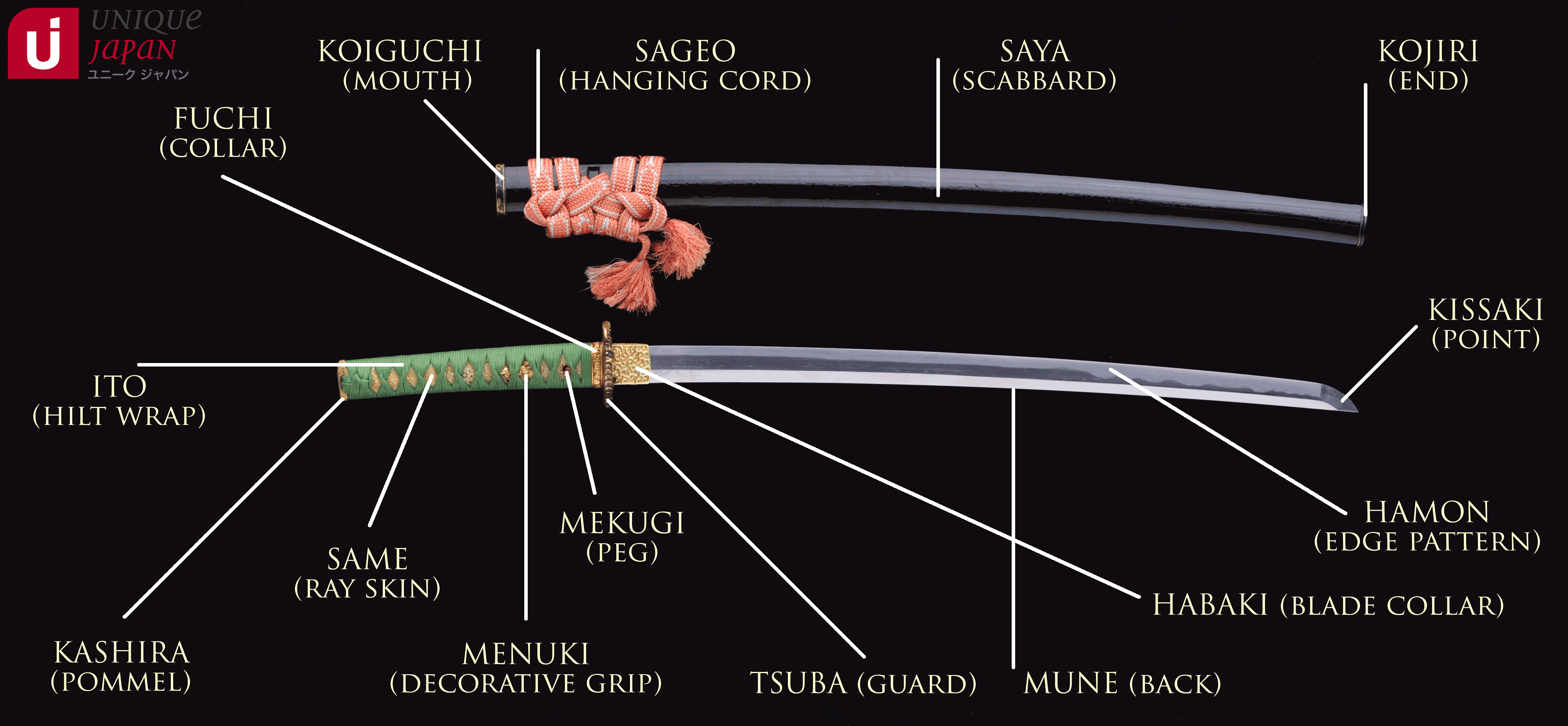Historical Significance and Symbolism

Sword meaning – Swords have been wielded throughout history as both practical weapons and potent symbols. Their origins can be traced back to the Bronze Age, when they were first crafted from copper and tin. As civilizations evolved, so too did the design and use of swords. In ancient Egypt, for instance, swords were primarily used for ceremonial purposes, while in ancient Greece and Rome, they were essential tools of warfare.
The sword, a symbol of power and violence, has been a constant companion to humanity throughout history. Its blade has tasted blood in countless battles and wars, but it has also been used for self-defense and to protect the innocent.
In the diamonds pit , where greed and desperation collide, the sword becomes a tool for survival, a weapon to be wielded against those who would exploit the weak. Yet, amidst the darkness, the sword can also represent hope, a beacon of justice in a world gone mad.
Cultural Significance
In many cultures, swords have been imbued with symbolic meanings. In Japan, the samurai sword, or katana, is considered a sacred object, representing honor, courage, and loyalty. In Celtic cultures, swords were often associated with deities and were believed to possess magical powers. In Christianity, the sword is a symbol of both divine power and the struggle between good and evil.
The sword, a symbol of power and honor, has been wielded by warriors throughout history. Its sharp edge could cleave through flesh and bone, while its weight could crush skulls. But in the hands of a skilled gambler, a sword could become a tool of chance, a way to win or lose a fortune.
Just like the spinning reels of a slot machine , the sword could bring both glory and despair. And just like the sword, the slot machine could be a cruel mistress, taking away everything in a single spin.
Mythological and Literary Symbolism
Swords have also played a prominent role in mythology and literature. In the Arthurian legends, the sword Excalibur is a symbol of kingship and divine favor. In the Norse sagas, the sword Mjölnir is the weapon of the thunder god Thor. In modern literature, swords continue to be a popular symbol of heroism, adventure, and the struggle against adversity.
Types and Characteristics

Swords, the ancient and formidable weapons, come in a myriad of forms, each with its own distinct characteristics and advantages. The classification of swords can be based on blade shape, size, and construction.
The blade shape plays a crucial role in determining the sword’s purpose and effectiveness. Single-edged swords, with a sharp edge on one side and a blunt back on the other, are designed for slashing and cutting motions. Double-edged swords, with sharpened edges on both sides, offer greater versatility and can be used for both cutting and thrusting. Curved blades are ideal for slashing and slicing, while straight blades excel in thrusting and stabbing.
The size of a sword is another important factor. Short swords, such as daggers and dirks, are primarily used for close-quarters combat and self-defense. Medium-sized swords, such as the Roman gladius and the Japanese katana, offer a balance of maneuverability and reach. Long swords, such as the medieval longsword and the Chinese jian, provide greater reach and power but require more skill to wield effectively.
The construction of a sword also influences its performance. Swords can be forged from a single piece of metal, known as a monocoque construction, or from multiple pieces assembled together. Monocoque swords are generally lighter and more flexible, while composite swords offer greater strength and durability. The choice of materials, such as iron, steel, or Damascus steel, also affects the sword’s properties.
Each type of sword has its own unique advantages and is suited for specific purposes. The single-edged falchion, with its curved blade and slashing capabilities, was a formidable weapon in medieval warfare. The double-edged longsword, with its versatile blade and reach, was the preferred choice of knights during the Renaissance. The short and nimble wakizashi, carried by samurai in feudal Japan, was designed for close-quarters combat and self-defense.
Practical Applications and Techniques: Sword Meaning

Swords have served practical purposes beyond their symbolic and ceremonial significance. In warfare, they were the primary weapon for infantry and cavalry, enabling close-quarters combat and effective defense against opponents. Swords were also essential for hunting, providing a means to subdue and kill prey with precision and efficiency.
Over centuries, various swordsmanship techniques and styles emerged, reflecting the diverse martial traditions and combat scenarios. Fencing, a highly codified and competitive sport, emphasizes precise footwork, blade control, and tactical maneuvering. In contrast, martial arts such as kendo, iaido, and kenjutsu incorporate swordsmanship as a form of self-defense and personal development, emphasizing fluid movements, situational awareness, and mental discipline.
Warfare
- Close-quarters combat: Swords allowed infantry and cavalry to engage in direct hand-to-hand fighting, providing an effective means to breach enemy formations, break through defenses, and incapacitate opponents.
- Defensive maneuvers: Swords offered protection against enemy attacks, enabling warriors to parry, deflect, and counter incoming blows, as well as execute disarming techniques.
- Mounted combat: Cavalry swords, designed for use on horseback, allowed mounted warriors to engage in rapid and devastating attacks, delivering powerful blows from an elevated position.
Hunting
- Killing prey: Swords provided a precise and efficient means to subdue and kill prey, ensuring a clean and swift end to the hunt.
- Defense against predators: Swords served as a formidable deterrent against predators, allowing hunters to defend themselves and their quarry from potential threats.
- Versatile tool: In addition to killing prey, swords could be used for various tasks in the field, such as clearing vegetation, cutting firewood, and preparing food.
Self-Defense, Sword meaning
- Personal protection: Swords were carried as a means of self-defense, providing individuals with a reliable weapon against attackers or threats to their safety.
- Martial arts training: Swordsmanship techniques incorporated into martial arts enhance physical fitness, coordination, and situational awareness, contributing to overall self-defense capabilities.
- Psychological deterrence: The mere presence of a sword could act as a psychological deterrent, discouraging potential attackers and de-escalating confrontational situations.
The sword, a weapon that has been wielded by warriors throughout history, holds a profound meaning that transcends its physical form. Its sharp edge and lethal potential embody both the power to protect and the capacity for destruction. To delve deeper into the significance of this enigmatic weapon, one may explore its definition , which provides insights into its historical evolution, cultural symbolism, and enduring legacy.
The sword, a symbol of power and authority, has been revered throughout history. In ancient times, it was believed to possess supernatural powers and was often associated with gods and heroes. Today, the sword continues to hold cultural and historical significance, as evidenced by its prominent role in nyt connections.
From the legendary Excalibur to the katana of samurai warriors, the sword remains an enduring symbol of strength, courage, and determination.
The sword, a symbol of power and aggression, is often seen as a weapon of war. Yet, in some cultures, it also represents protection and defense. Like the umbrella , which shields us from the elements, the sword can be a tool of shelter and safety.
Its blade, sharp and unforgiving, can be turned against those who would harm us, creating a barrier between us and the dangers that lurk in the world.
